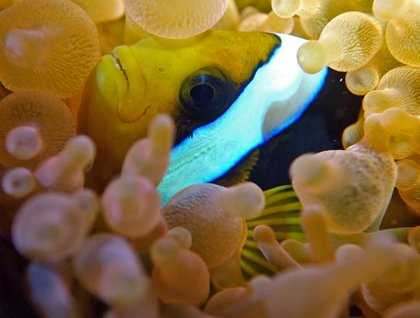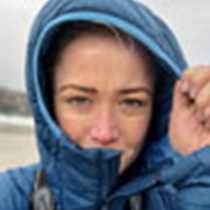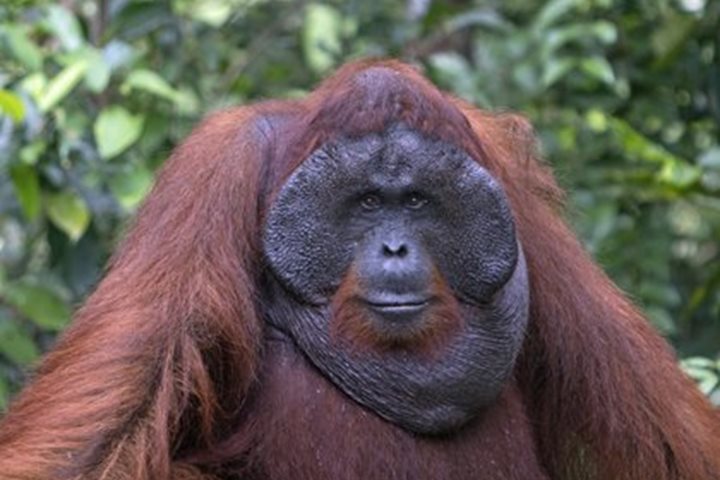This morning we awoke in the port of Sabang, one of the northwestern most points in all of Indonesia. Having spent the previous day relaxing on board as we crossed the Andaman Sea, today we were ready to get out and about and explore this volcanic island. Situated a two hour ferry ride from Banda Aceh, Sabang lies on the Island of Pulau Weh. This scenic island escaped the full brunt of the 2004 tsunami, although divers reported hearing a colossal noise underwater and saw Moray eels fleeing their caverns. They returned to land to find their bungalows afloat.
Today the impact of the 2004 tsunami is barely recognisable. The island is lush and vibrant and this morning we enjoyed being amongst the jovial local holidaymakers while visiting the Zero Kilometre Monument. Our morning tour also took in the old Dutch colonial buildings and the Jaboi Geothermal Valley. Despite the last eruption of the island’s volcano being back in the Pleistocene, the smell of sulphur and bubbling pools at the Jaboi Geothermal Valley were a giveaway that geothermal activity in this region is still present.
Returning from the Sabang tour we embarked the National Geographic Orion and steamed the short distance across the bay to Gabang Beach, also situated on Pulau Weh. The afternoon was to be an afternoon of watersports as we explored the reefs surrounding Gabang. Mike Greenfelder was ready and waiting in the glass-bottom Zodiac for those not so keen on getting wet and there was a lovely sandy beach and small town to explore.
The scuba divers were certainly keen to get wet this afternoon. They experienced two wonderful dives: one towards the north of Pulau Weh and another just off the beach at Gabang. The first dive towards the north was incredible—hordes of fish littered the coral walls, steadily swimming against a current the divers couldn’t dream of fighting. But with this current came the fish and almost every which way the divers looked there was another school of interesting fish: trigger fish, snappers, barracuda…the list was almost endless. Dozens of Moray eels were peering out of their caves and lionfish were patrolling the reef showing off their vibrant colours.
It would be difficult to top this dive, but in the evening the divers certainly tried. At 6:15 p.m. they rolled in for a night dive and gradually over the course of the next hour the water got darker and darker and the fish life got better and better. Scores of needlefish swam in their peculiar vertical positions above the coral heads. A reef that looks calm and peaceful during the day can turn into a grand melee at night and indeed that’s what the divers encountered this evening.
Back on board the ship another great dinner was underway. This evening we had the added delight of eating out on deck—a real pleasure in this tropical climate. And just to ensure our fabulous day ended with a bang, the ever-smiling crew were on hand to deliver us an excellent and at times hilarious crew show. Today has been another day to remember on board the National Geographic Orion.







